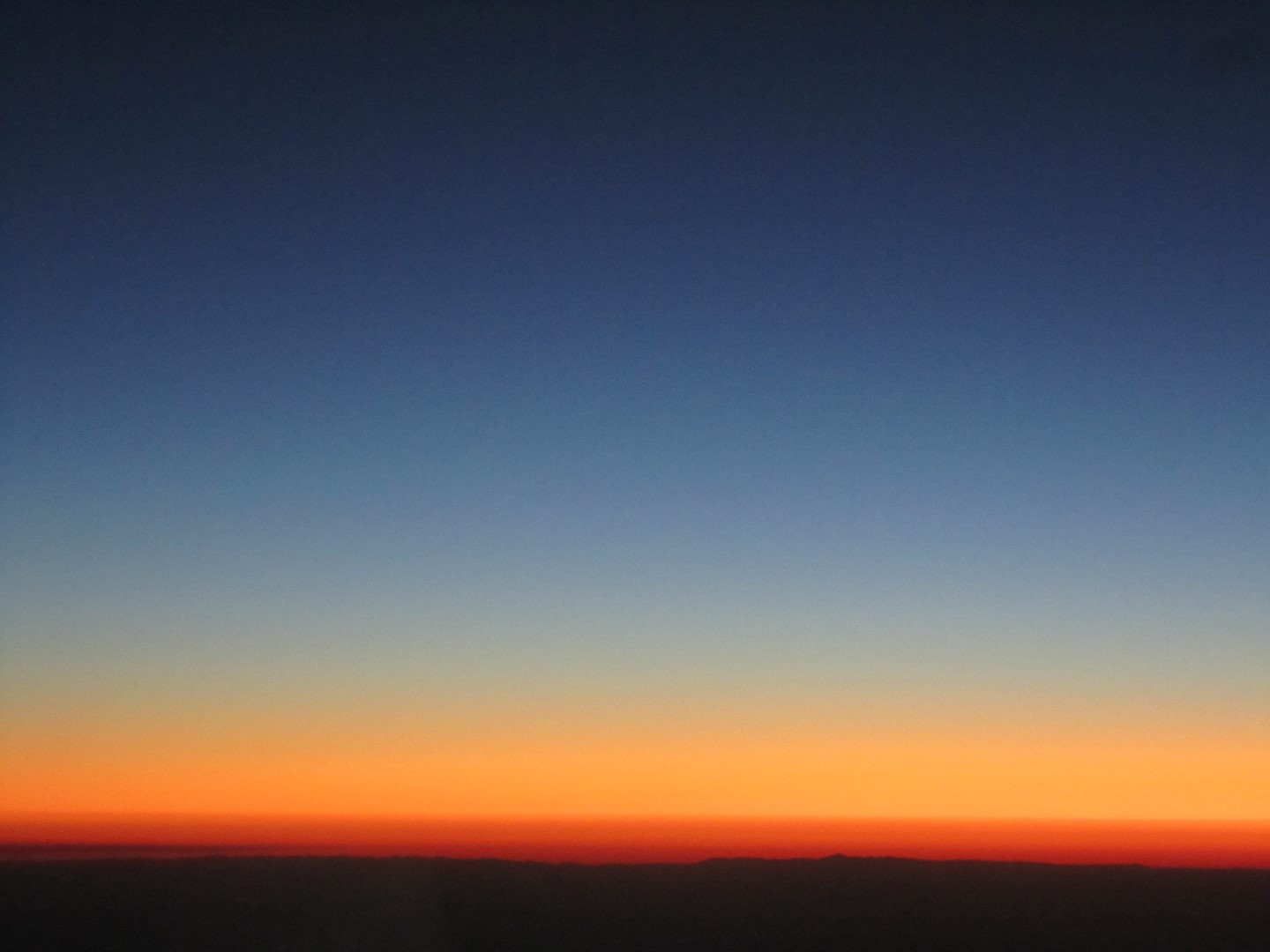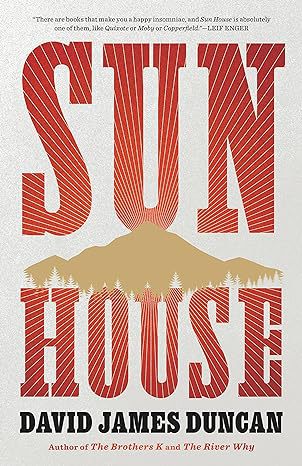
Review By Chris Roth
(excerpted from Communities #201, Winter 2023, pages 50-57; see illustrated layout in pdf format here)
Sun House
David James Duncan
Little, Brown & Company, 2023, 784 pages.
I love this book. I rarely read, let alone recommend, 784-page novels. This one, coming from an author whose writings over the years have spoken to me personally to a degree I almost never encounter, I found powerful in ways I hadn’t even anticipated.
It’s a book that may help heal and bring sanity and hope to the denizens of a damaged world. It is a breath, many breaths, of fresh air. It’s a delivery of sunshine as well as serious reckoning with darkness at a time when the tensions between climate-controlled insularity and climate chaos are rending civilization. And: parts of it drive me a little crazy.
As editor of a magazine named Communities, I feel it’s my obligation to point out both where David James Duncan, his narrator “The Holy Goat,” and the fictional inhabitants of this wildly creative spiritual epic-cum-comic novel get things gloriously right, and where things go ingloriously askew in one particular aspect of a book which I otherwise thoroughly enjoyed.
Allow me to explain.

First: the personal resonance. I’ve read every one of this author’s published works, including his earlier novels The River Why (1983) and The Brothers K (1992), his memoir My Story as Told by Water (2002), and his essay/story collections River Teeth (1996) and God Laughs and Plays: Churchless Sermons in Response to the Preachments of the Fundamentalist Right (2006). Duncan’s connection to the natural world and noninstitutional spiritual bent are among the many elements contributing to the affinity I feel with his writings. I’m not alone: he has what’s often called a “cult following,” particularly in the American West and Pacific Northwest, whose land and people have been central in his life and feature heavily in his work. Many of us have been awaiting this next novel, 17 years in the making, for years, ever since we learned it was in the works. I had heard directly from the author that it would be about “a community,” and answered some emailed questions during the research for it, based on my own experiences in community living. I was very curious what the outcome would be. And, like many good things, it took time to find out.
What I discovered inside the long-anticipated pages of Sun House turned out to be different from what I expected, but no less intriguing. And even after nearly 800 pages, I, like some of the advance readers quoted on the jacket, did not want the story to end—it seemed like only the beginning, especially of the “community” aspect.
Those looking for a straightforward fictionalized account of an “intentional community” in action may be disappointed. Most of the book serves as preamble to the group’s full formation. I found that preamble entirely worthwhile, and it also suggested to me a compelling question: what if every community had shared knowledge, documentation, eloquently told stories recorded, about the journeys that brought each member to the collective project they all now inhabit? What if we understood one another—our backgrounds, psychological characteristics, spiritual journeys—as deeply as I came to feel I understood the characters in Sun House, even before they came together for their joint venture in rural Montana? What if we made time in our busy current lives to delve into our backstories more? Of course, as many can attest, actual contemporaneous experiences with one another over a span of years can lead to understanding, familiarity, enduring feelings of kinship that simply listening to or reading formative tales cannot. But knowing those formative tales can also work wonders in bringing us closer to one another now; every group could benefit from having its own David James Duncan to render its members’ interweaving lives into this kind of tapestry, even without the level of artistry to be found here.
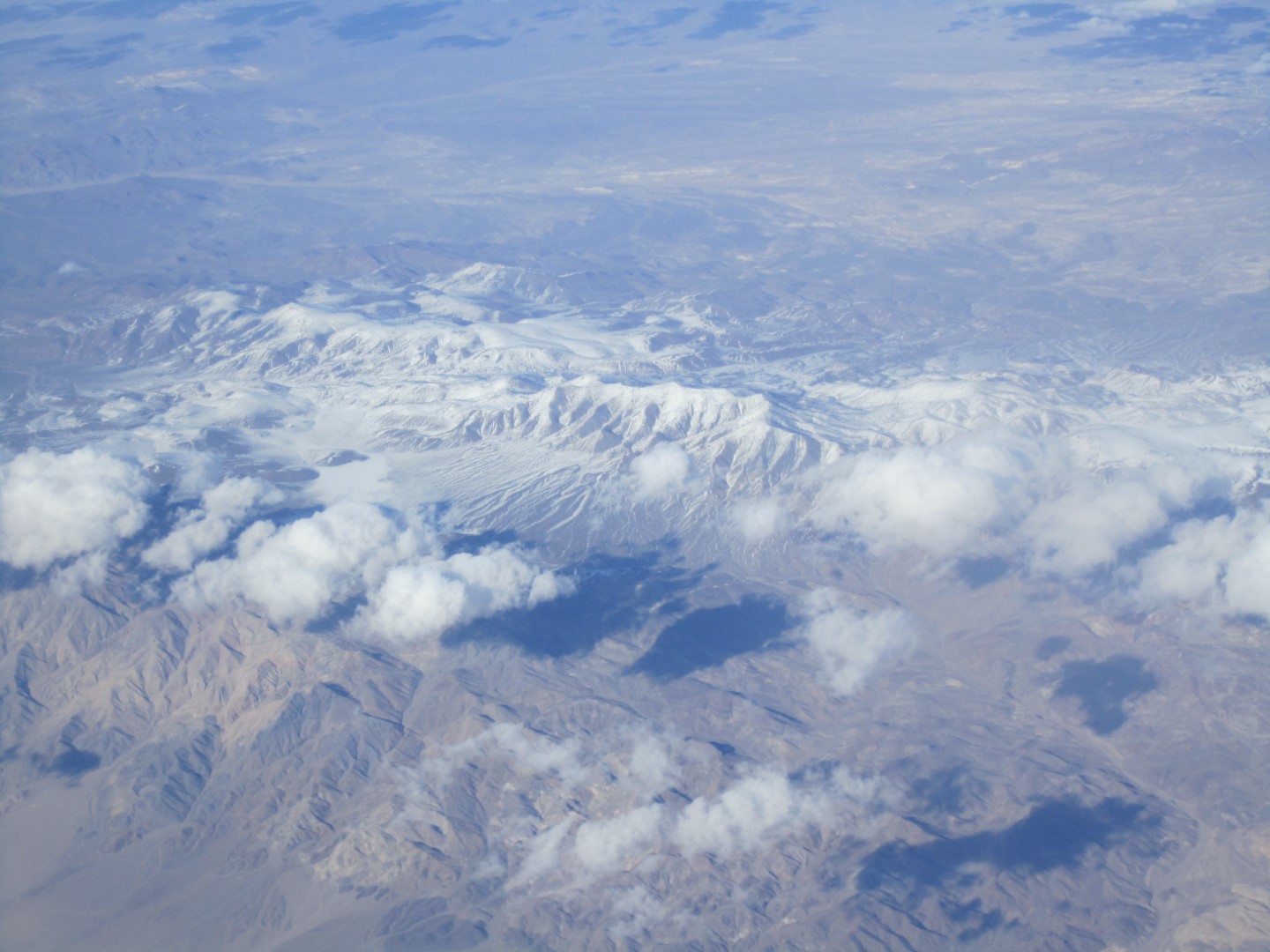
While the characters in Sun House live in separate orbits for decades before they all coalesce, many of those orbits gradually overlap and join, such that some deep histories with one another already exist by the time the Elkmoon Beguine & Cattle Company is born in rural Montana. The group also benefits from having a passionate documentarian, the Holy Goat (who turns out to be one of the other main characters, something he briefly spills the beans about near the end), interviewing them, writing about them, encouraging them to record their own stories and share their journals and letters. As a compilation of revealing, intimate personal stories, shared by the fictional people who lived them, Sun House excels and suggests what may be possible in this genre (if, as I hope, it becomes a genre).
Sun House is also a spiritual epic. It resembles in its diversity and scope a cross between the world’s classic works of wisdom literature and the complete oeuvres of William Shakespeare, Emily Dickinson, Bob Dylan, or any other authors or creative artists from whom one can draw a quotation to apply to nearly any occasion. It is, among other things, a less time-demanding alternative to attending an iconoclastic Divinity School (the 42-hour duration of the audio book reflects what it takes to get through the 360,000 words of Sun House at a comfortable “out-loud” pace; eyes typically move faster). It’s a work that is significantly easier to read than The Bible (600,000 words), and not merely because Sun House is shorter; it also has far fewer internal contradictions and, to me, much more sensible theology on the whole, though I may be burned at the figurative stake for saying so.
It’s also likely an easier read than many of the other foundational religious texts which inform it to far greater degrees than the Bible does—most of which I have also never read thoroughly (with a few exceptions). Its main characters are all spiritual seekers, and thus we get deep (but never overbearing) dives into Vedic literature, Buddhism, marginalized mystical Christian traditions (most notably, the medieval Beguines, Catholic women who defied the Catholic establishment to practice a non-patriarchal, egalitarian faith based on service and community, earning them literal death sentences from the institutional Church), deep nature-based spirituality (including that of the mythical Lûmi), the creative arts through which “spirit” also flows (whether in music, words, theater, movement, graphic or physical arts), and even the more down-to-earth, practical spirituality of self-sustenance and working on the land. I recognized many of the sources of inspiration cited by these characters, and listed in an accompanying bibliography, partly because many of them were beloved by my Mother too (an Episcopal priest also wary of what patriarchal institutions had done to Christianity, and as sympathetic with “East” as “West” in terms of spiritual wisdom).

Other things that Sun House is: a hiking guide through a vividly depicted mountain landscape; a mental map of an only slightly fictionalized Portland, Oregon, 1970s to 1990s; an expression of existential angst and its transmutation into deeper connection with self, life, and death; a celebration of language and its limitations; a refreshing exercise in humor and satire that do not rely on cruelty or nihilistic irony; a cornucopia of styles. Sun House has room to contain multitudes—and it does.
Above all, amidst all the diversity of style, tone, and story, the book rests on an unambiguous underpinning: the author’s unapologetic belief that, even in the face of all the reasons for doubt, life matters, and what we do with our lives matters, and there is a Great Spirit inherent in the cosmos, however we name or conceptualize it, and however it has been defiled and abused both by oppressive and hypocritical religions and by industrial civilization, capitalism, consumerism, empty materialism. As a result of this orientation, cynics, even countercultural cynics, as well as those heavily invested in the status quo, may hate (or at the very least dismiss) this book. Indeed, online searches reveal that some of them do. Fortunately, the world is not entirely composed of cynics, and many others recognize this book as a gift to those to whom it speaks.
It is not always a reassuring read. While it is richly entertaining, containing prose that is often exhilarating, it also describes a complex world in which believing in any benevolence or underlying sense or meaning in the order (or disorder) of things can often be difficult, given the traumas that nearly all of us encounter. One can either curse this complex state of affairs; remain agnostic/guarded/self-protected against it; or embrace it, celebrate it, find deeper truth, value, and connection in it. Sun House does the latter, even though it starts and ends with what some might see as senseless, premature deaths, and is propelled by suffering and trauma as well as the growth and healing that follow them.
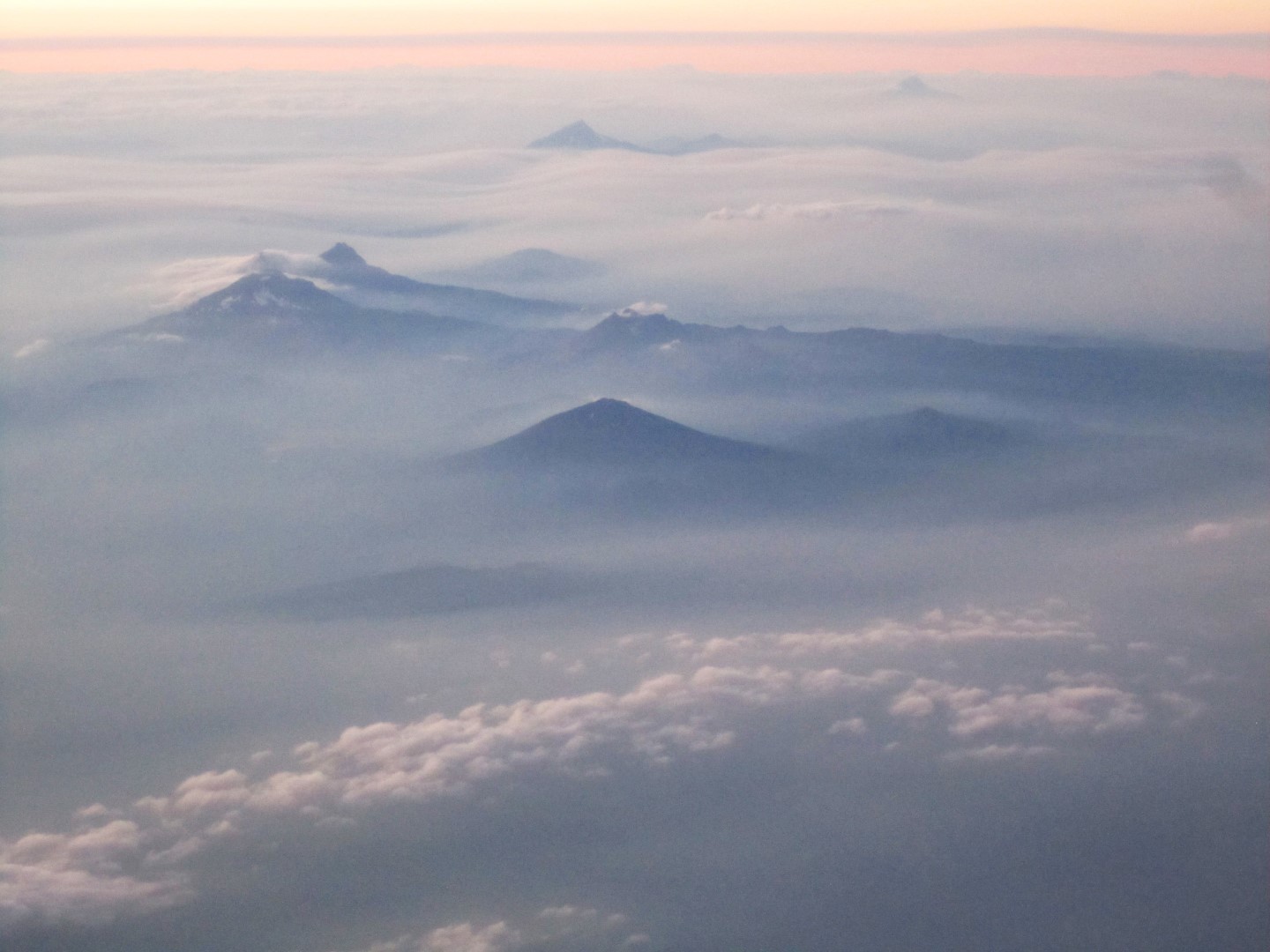
Book One, “Moaning Is Connected with Hope,” traces the individual, gradually intertwining journeys of the characters who eventually come together in Book Two, “Eastern Western.” Without exception, the main characters are misfits in American society, seemingly allergic to artifice and superficiality. They are almost all unusually self-aware, articulate, interested in their own and others’ inner lives as well as the outer conditions of the world—or they (at least those who don’t fall away from the action) become so through the course of the book. They often seem to have taken a truth serum—getting right to the point of their own truths (even if these are not consensus truths), and abiding by the dictum that opens Chapter One in Book One, “Dead Mother’s Son”:
Assume you write for an audience consisting solely of terminal patients. That is, after all, the case. What would you begin writing if you knew you would die soon? What could you say to a dying person that would not enrage by its triviality?—Annie Dillard, The Writing Life1
That is, indeed, the philosophy followed by David James Duncan, and often the unstated philosophy behind the truth-telling of the main characters in this book. I found myself wondering at times if they might all be external self-projections of the hyper-intelligent, eloquent writer who presents them to us, imaginary creations rather than merely fictionalized representations of actual other people. Yet the Afterword (“Acknowledgments in Four Stories”) makes clear that real individuals in the author’s circle of acquaintances inspired them. They certainly reflect a rich interior life, one that attracts others of similar persuasions. The detailed accounts of immersion in the natural world, especially long mountain hikes and time spent “at elevation,” can only have come from similar first-hand experiences—and are no surprise to readers of Duncan’s previous writings.
Everything in this multilayered, richly-sourced book feels as if it must be familiar to its author—whether the often intricate psychology underlying some of its characters’ behaviors and motivations (especially in response to past trauma); or the many pieces of wisdom literature cited in the text or quoted, along with other sage observations from various writers, creative artists, elders, in the short passages that precede each chapter; or the specific times and places in which the action of Sun House occurs (years 1958 to present, locations most notably Portland, Seattle, Colorado, and rural Montana, with short spells in Mexico, Rhode Island, and Idaho). Sun House seems the culmination of a life’s work, a deeply personal statement presented through engaging storytelling that is equal parts probing and entertaining.
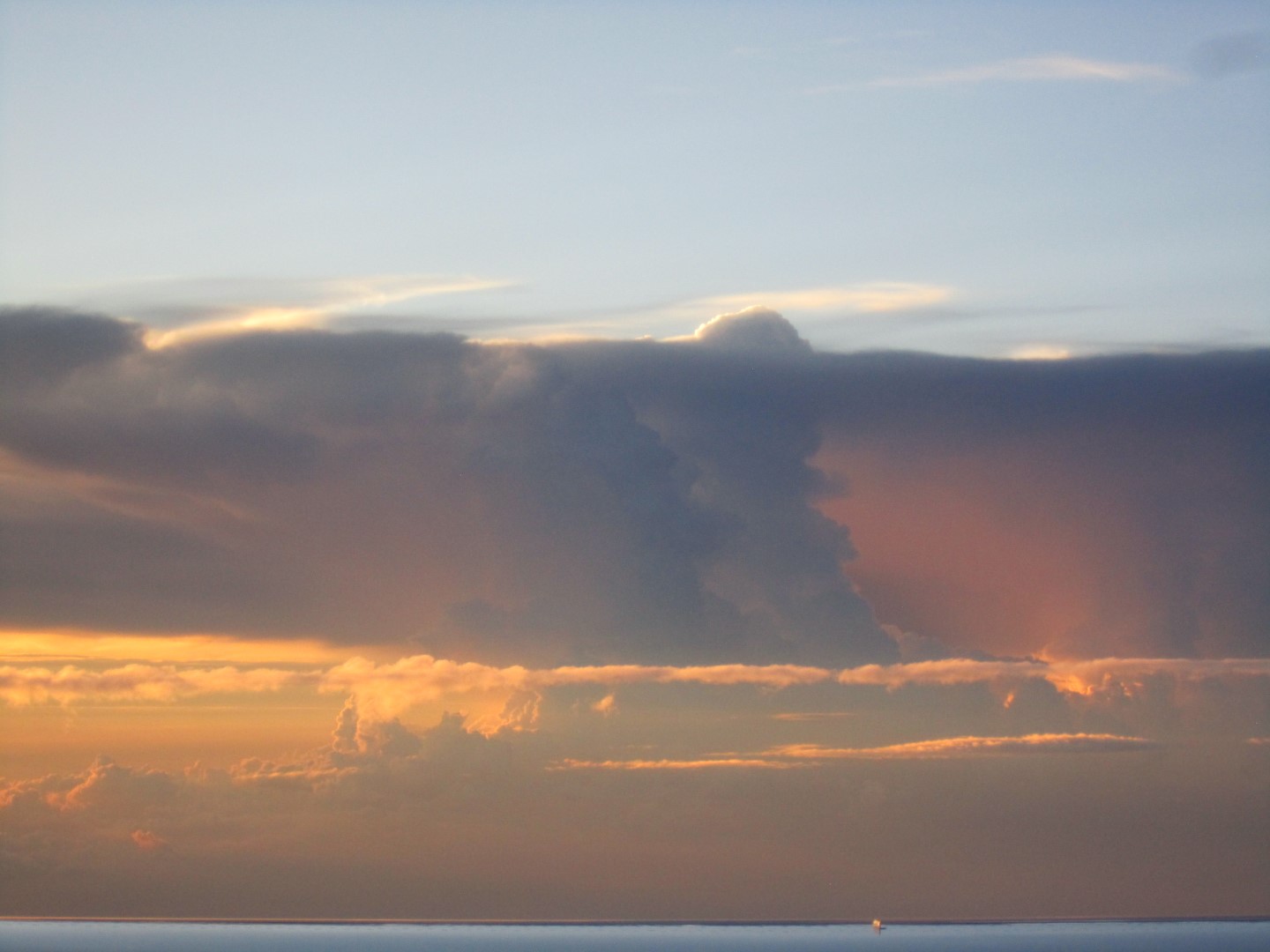
● ● ●
What about the “community”? Even in Book Two, much of the action is preamble, involving the events in the Elkmoon Valley and Elkmoon Mountains that precipitate the formation of the Elkmoon Beguine & Cattle Company after its land—once held but later mostly lost by the families of some of its members—is first protected then liberated from a rapacious corporation. Quite a bit of Book Two consists of Grady Haynes’ fascinating “Elkmoon Mountain Journals,” which document some of the personal explorations and connections among several key characters that contribute to E.B.&C.Co in its full flowering. I sense they they also reflect what may be the author’s (and certainly the narrator’s) own greater “comfort zone,” spiritual communion found through land connection rather than through group connection per se. (However, we do gradually become aware that the Lûmi, who play a central role in these Journals, may be not just a myth but an ethereal “community” in their own right, consisting of decidedly non-anthropocentric individuals.) In the actual action of the novel, E.B.&C.Co forms fully only when it acquires its land in the chapter “Holy Purchase the Great,” more than half way through the “Last Telling: On Earth as It Isn’t In Heaven,” less than 100 pages before the novel closes.
Various aspects of E.B.&C.Co are, however, described earlier in Book Two; the storytelling is not entirely chronological. Reflecting on E.B.&C.Co’s genesis from a group of locals and non-locals brought together by common cause (first protecting the Elkmoon Valley, then making a better way of life together), local Kale Broussard tells the Holy Goat: “City mice and country mice began eating their stereotypes of each other for breakfast, lunch, and dinner. Quicker than quick we began scheming and dreaming of a shared spread as easy on the Earth and free of Biggie Everything as could be. … And though I’ll never understand it, a magic flared up. A kind of holiness, I want to say. Our dreaming held so steady that, six years in, fifteen of us defied our fears, laid our money on the table and our lives on the line, and purchased the four thousand acres that you’re looking at.”2
Is the result an intentional community? An ecovillage? It’s hard to find any boxes which Kale’s description does not check: “Sooner than expected we were cobbling together ways of life better than any we could have led in the Biggies’ flailing nation-state. In a place where six cowboys had been doomed to extinction by a multinational, thirty folks of all ages and kinds, cowboys included, are doing better than just okay working for no one but our collective selves. Income has crept up on outlay to where we’re turning small profits on several cottage industries and a small cattle biz. We now share eleven well-chosen vehicles instead of the forty or so wrecks and gas hogs we owned before. We’re off the grid and green energied. We hunt, fish, bee-keep, ranch, farm, and forage 60 percent of our food. We’ve scraped some broken lives up off some cold city pavement and helped ’em rehab to where they’re part of us now. We support…locals and their businesses and good causes….”3
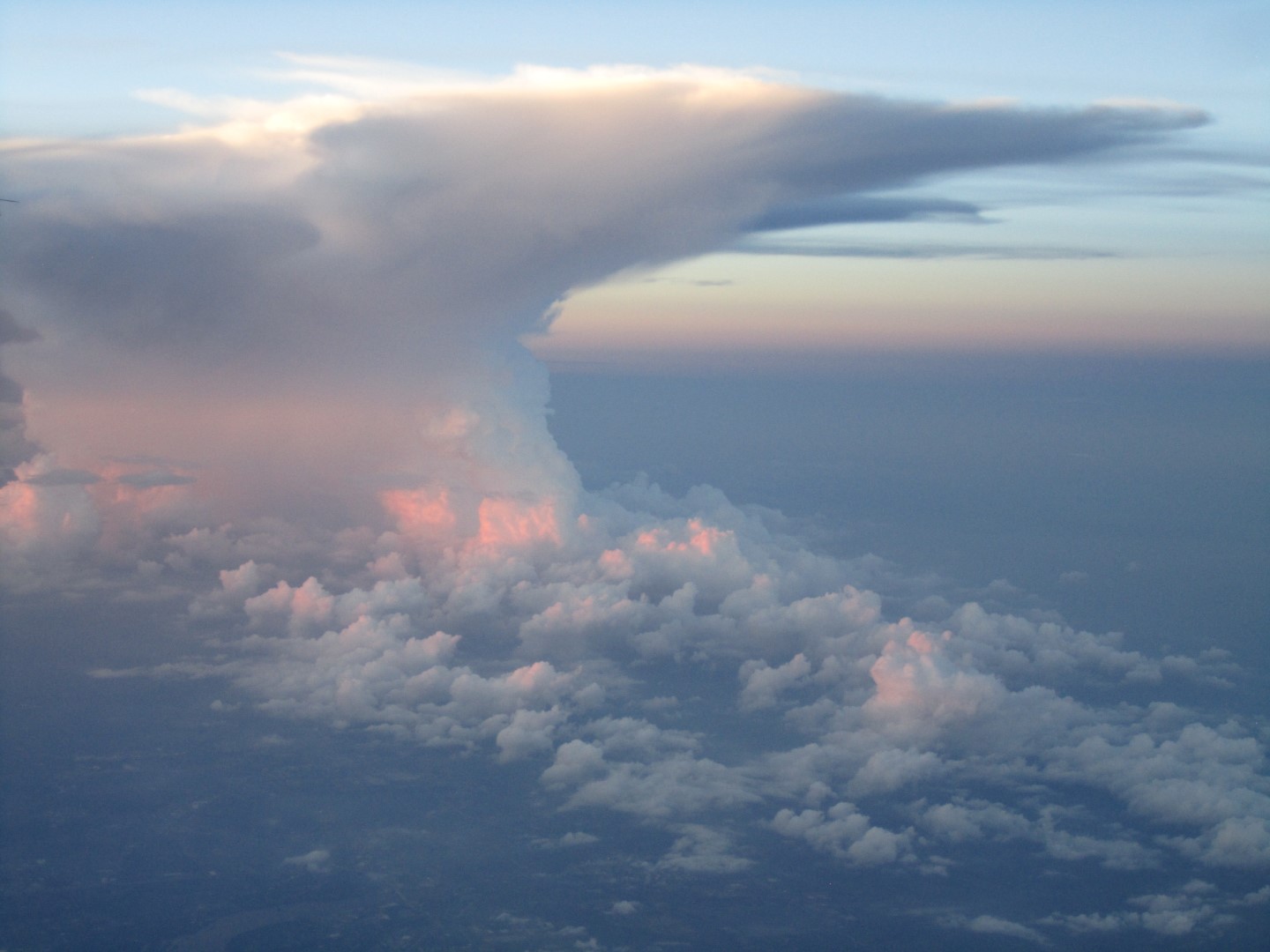
The Holy Goat himself, a veteran of solo mountain ventures, has strong resistance to the idea of anything smacking of “community,” and yet he finds his preconceptions melting: “the E.B.&C.Co, as the psalm has it, restoreth my soul. … Though I was more impressed after each [of my early tours], I wasn’t sufficiently impressed to shake off a strong aversion to communal living. But over the next few years the E.B.&C.Co folks eased me through a slow-motion conversion. For starters, despite its populace of thirty, the place didn’t feel communal. Every one of the residents had more freedom to determine the contents of their days than anyone I knew working typical nation-state jobs. Even better, in an epoch of worldwide industrial devastation, the E.B.&C.Co residents were living lives of practical integrity and economic self-sufficiency, treating land, water, plants, animals, and one another with sensitivity, tolerance, humor, and something new and invaluable to me, … a wandering joy that spontaneously permeates the place….”4
The Holy Goat’s relief that the place doesn’t “feel” communal hints at the deeper prejudices that unfortunately form the major bones I have to pick with David James Duncan’s otherwise enlightened work of inspirational fiction. “Freedom to determine the contents of their days,” and to live by rather than betray their own values, is a motivating factor for many communitarians, who find the ability to do exactly those things by choosing to live communally. Joining together often provides the support for living differently that operating solo does not; in my experience, it is often the non-communitarian life that is more prone to conformity and a feeling of being trapped, and communal life that has the greatest capacity to be liberating. The “wandering joy that permeates the place” is no accident, nor anything that is strange to those who’ve discovered, even amidst challenges, that living in community naturally brings it to them; it is the result of finding oneself a part of a larger, more organic social organism that allows and supports self-expression and interconnection based on authenticity, and honors its greater-than-human context as well. Attempting on one’s own to navigate “the global industrial juggernaut masquerading as ‘civilization’ [that] has trapped us in a greed-driven apocalypse”5 without social support is generally a recipe for failure. We are social animals.
My bones to pick become even more substantial and splintery when it comes to the words of Jamey Van Zandt, one of whose letters to the Holy Goat reflect some of the worst uninformed stereotypes and prejudices about intentional communities: “I’ve heard you marvel at how, all day every day, the E.B.&C.Co throws the Industrial Suicide Machine into reverse and drives the opposite direction. It’s true. But it’s not accomplished by cult leaders and laws. We are not an intentional community. We’re an unintentional menagerie as unalike as Ona’s beads, joined not by didactic intent but by hearts pierced by unseen threads. It’s an old, old magic.”6
Cult leaders and laws? Anyone familiar with the vast array of communities, the great majority of which keep any kind of charismatic leadership or oppressive nonconsensual “laws” in check—far better than mainstream America does, in fact—will either laugh or shudder in despair at how stereotypes drawn from the most spectacular cases of group dysfunction and scandal, comprising a tiny fraction of “communities” (a far smaller portion than that of dioceses within the Roman Catholic Church which have facilitated child sexual abuse, for example) still are accepted and perpetuated unquestioningly by people who otherwise seem intelligent and perceptive.
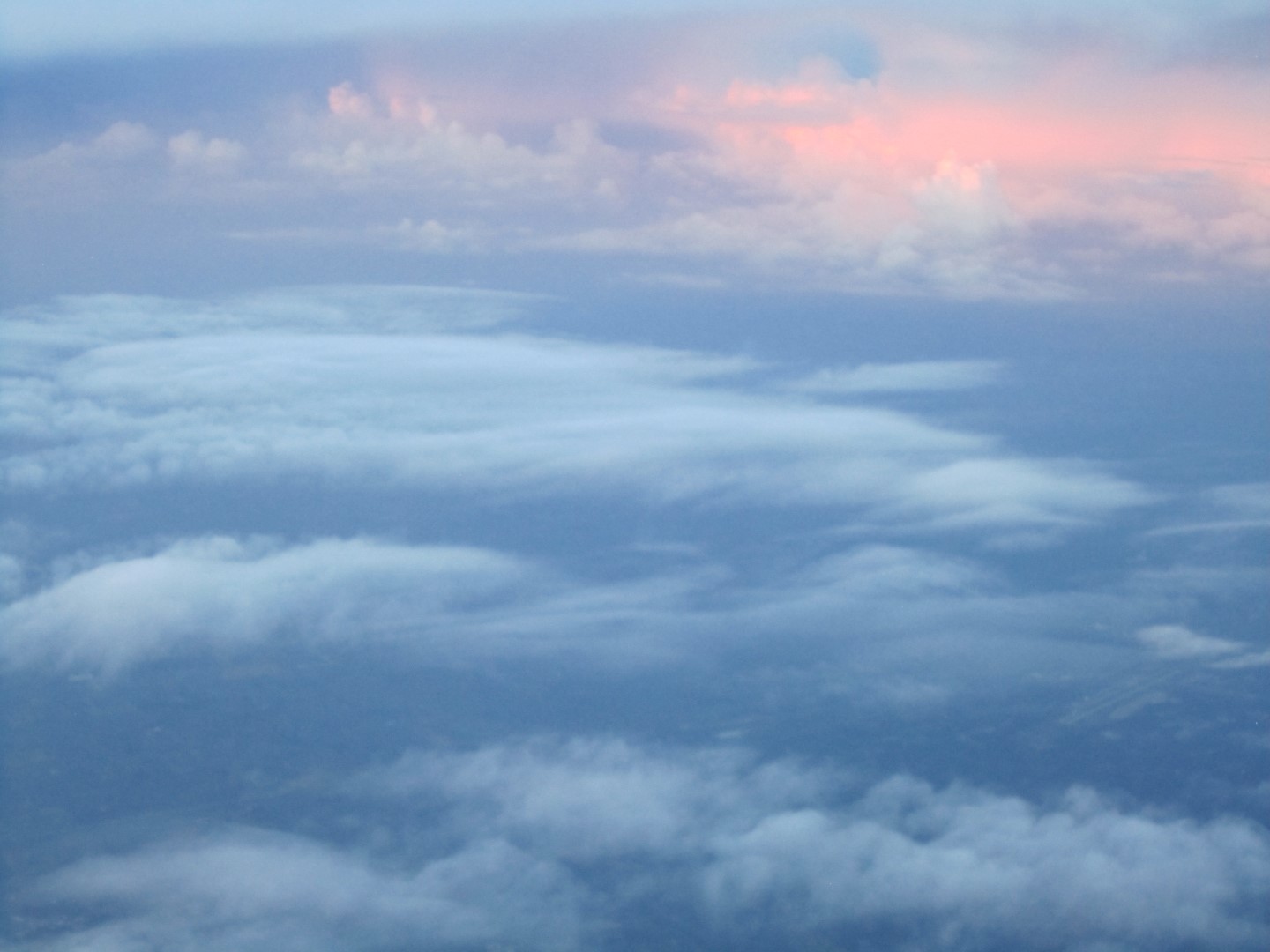
Later, Ona tells Jamey, “I believe you’re the reason why people keep calling us ‘an unintentional menagerie,’ not ‘an intentional community.’ I’d like to understand why this is important to you.”7
Jamey responds by digging his hole even deeper: “It’s important, no offense anyone, because nearly all communes fail. … And strong human intentions are the main reason they do. Intentionality misses the mark as soon as it leads to mental straining toward a fixed end. Monsanto, the NRA, Ayn Rand’s absurdly unimaginable fiction, Vatican edicts and so on, herd human lives into cold obedience to a manifesto with great intentionality, and look at the results. Sordid intention is so contagiously bad it’s caused good intentions to become famous for paving the road to hell.”8
The problems with this passage are manifold. It equates the term “commune” with “intentional community” in general. While some groups are legitimately “communes,” usually meaning that income is shared and the community’s property is held in common, most intentional communities are not. Cohousing groups, probably the fastest-growing form of intentional community today, are almost as distant from anyone’s stereotype of a “commune” as one could imagine. The casual conflation of terms is one indicator of the lack of seriousness with which mainstream society has regarded various collective arrangements, a lack of discernment arising from ignorance and unfamiliarity which unfortunately bleeds over even into books like this one that envision “community.”
“Nearly all communes fail.” It’s true that, by many estimates, a clear majority of attempts to establish intentional communities do not result in long-lasting communities, if they even get off the ground at all. It’s also true that most business startups “fail,” probably in about the same proportion that envisioned community projects don’t reach full manifestation or endure. Aside from the fact that “failure” is a subjective term, and a short-lived experiment can be a “success” in many ways other than longevity, another double standard surfaces. The Elkmoon Beguine & Cattle Company apparently has no hesitation to call itself a “company,” even though most companies also fail. Again, the anti-“community” biases of our culture rear their ugly heads here.
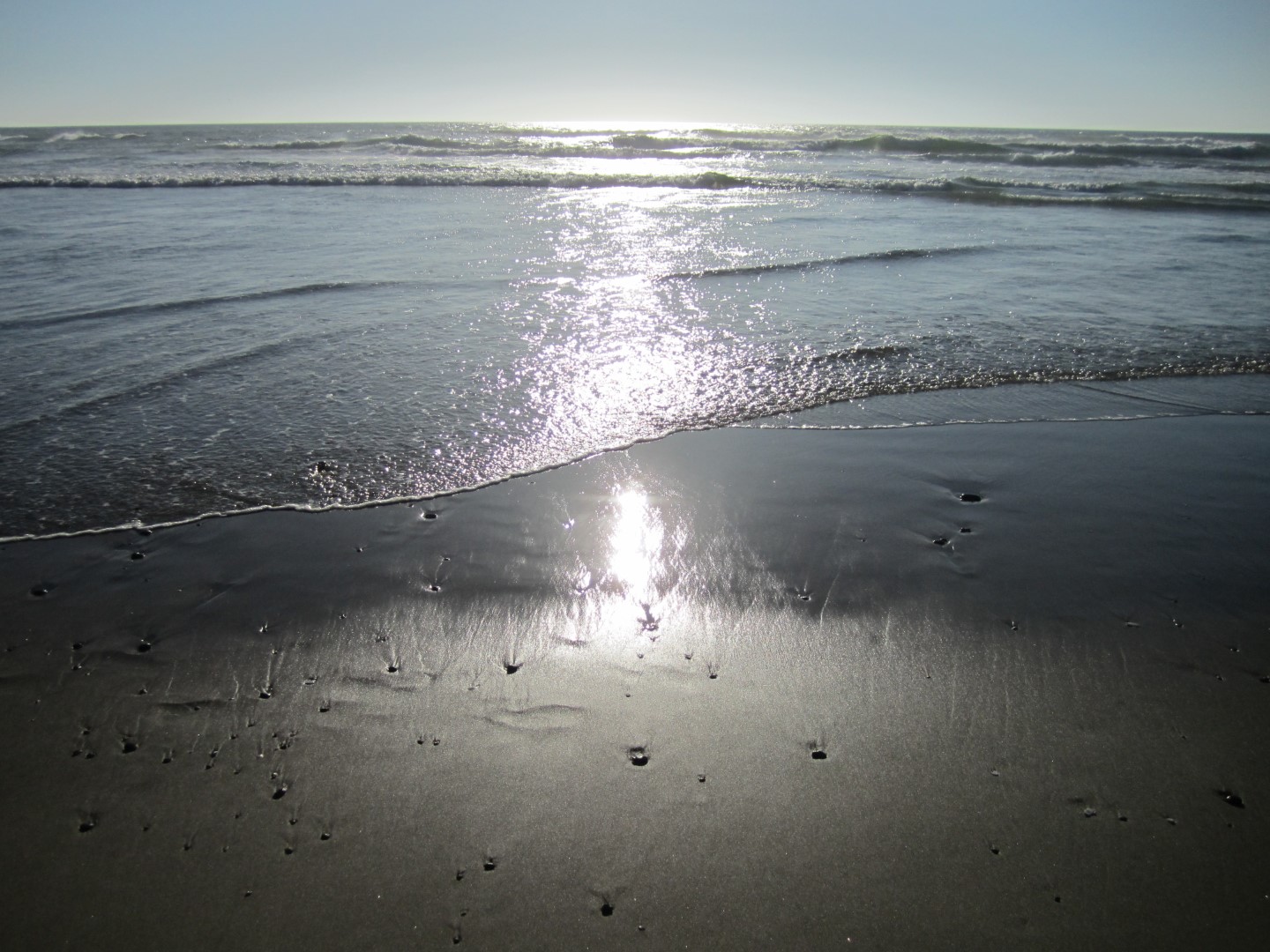
For someone typically so self-aware, Jamey seems uncharacteristically hypocritical in this area, railing against “didactic intent” while indulging in what seems like didactic grandstanding. In fact, the whole conceit that “intention” is inherently problematic seems itself problematic and even hypocritical, in a group whose formation clearly required shared intention, whose land took shared intention to purchase, in a nearly 800-page book that took 17 years of intention and persistence to complete and publish. Intention and the kind of mystical “piercing” Jamey describes here are not mutually exclusive. One can remain open and receptive to the energies of the universe while at the same time maintaining and acting upon intention. True, it is possible to grip too tightly to intention; in fact, I suspect that these passages may be a case of transference on the part of the author, a response to episodes of writer’s block brought about by fruitless attempts to “force” writing through exhausted willpower when inspiration was not present (or perhaps this speculation is an example of transference on my own part). Whatever their origin, Jamey’s comments serve to further marginalize the term “intentional community,” which, in the real (rather than fictional) world, is a very useful moniker to help people create and find the kinds of situations in which shared receptivity, “wandering joy,” and inspiration, rather than preconceived, narrowly-held “intention” of the type Jamey doesn’t like, can prevail.
Jamey has exhibited some questionable judgment at times throughout the book; but, with one exception whose name is Julian (a.k.a. “Mister Wrong”), Risa McKeig—more than anyone else the “magnet” that pulls the people who form E.B.&C.Co together—has not. So I found her words about what to call their collective project even more puzzling and disappointing: “‘Community’ is too communal a word, and ‘tribe’ and ‘village’ are too tribal and villagey. Let’s just say ‘a circle of people’ who are of and for the living world and one another in ways the modern world subjugates and makes impossible.”9
In a book which employs countless terms to attempt to describe the ineffable—from “Unseen Unborn Guileless Perfection” to “Ocean” (in the case of memorable holy fool/street preacher Jervis McGraff)—and in which, despite ideas it advances about the value of “spiritual secrecy,” there’s an attempt to put nearly everything into words (this is, after all, a book which would be blank without those words), the apparent allergy to simple descriptive terms like “community,” “tribe,” and “village,” which refer to core aspects of the human experience, seems regrettable. Has our culture become so doubtful about those phenomena and those concepts, so deeply individualistic even when we are pulled toward collectivism in response to converging crises of both matter and spirit, that we can’t even use those words?
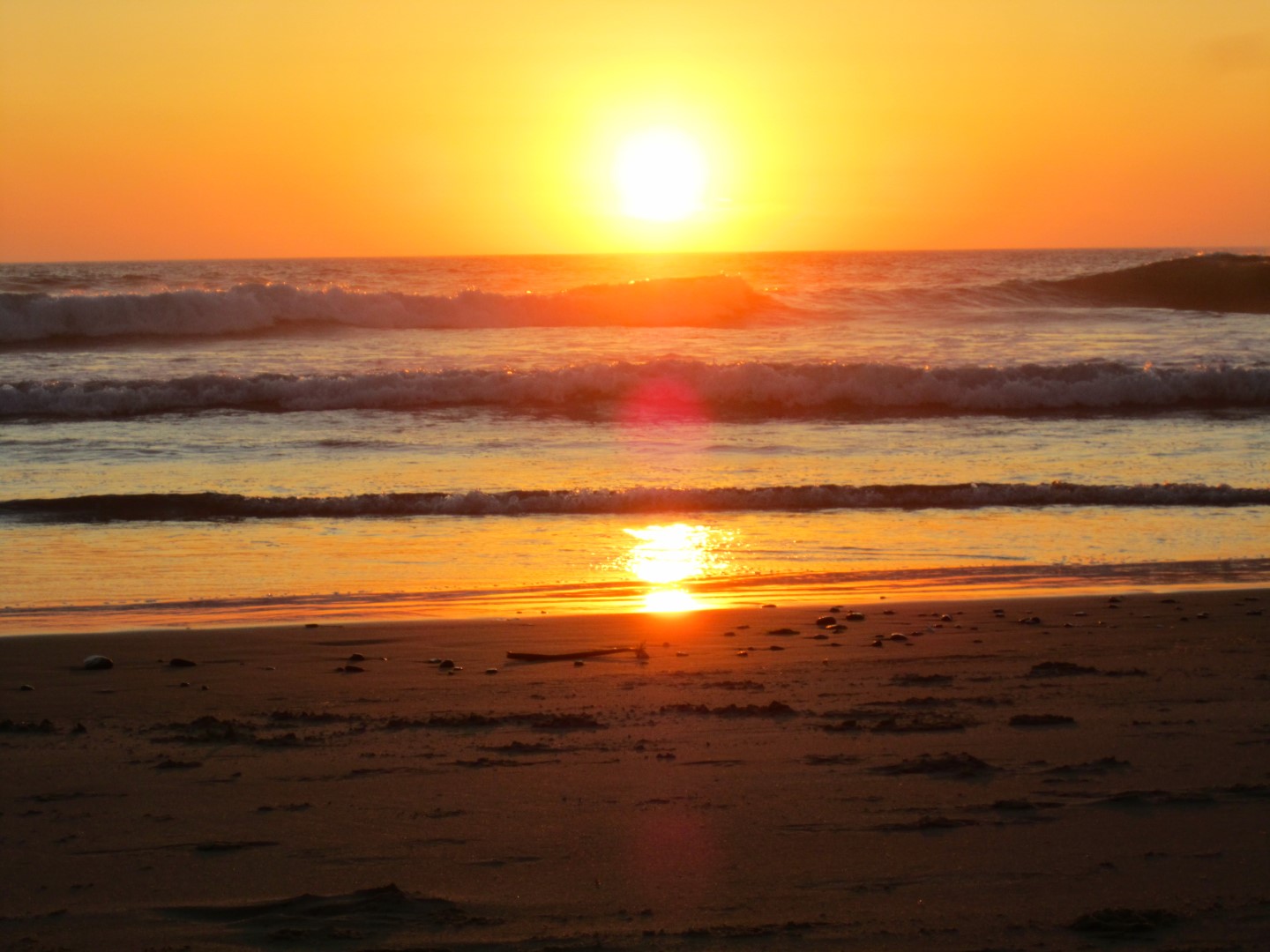
Fortunately, many people can and do use those words, and “community” similar to that experienced at the E.B.&C.Co is the lived experience of a good number of them. A much smaller bone, one I’m inclined to kick around rather than pick, is this: the convergence of circumstances leading to the E.B.&C.Co’s existence relies on so much seeming “magic” and synchronicity—including the “Nine Cool Unlikelihoods” described in one chapter, plus an unexpected large inheritance and other synchronistic events all contributing to everything going “right” in so many ways—that the reader may get the impression that something like this could happen only in fantasy. On top of this, the unusual (for mainstream America) dialogue among characters who cut right to the heart of whatever they’re discussing may add to the impression that Sun House is a fever dream. And yet, on a deeper level, magic is happening all the time in the “real world,” and the capacity for self-awareness and truthful communication is inherent in almost all of us (and practiced by many in community), and we can grow into them with one another’s help. The world of Sun House is a fantasy only if we don’t give it credence. Seen in a clearer light, it’s an analog to the reality depicted in wisdom traditions since the beginning of time, a reality that will outlast the current fever dream we are living through in late-stage industrial culture.10
One additional passage to contemplate, from a letter written by a community participant after a three-month stay: “a big part of what made me feel comfortable opening up was everyone’s candor, sincerity, and total lack of judgment. (Honestly, nothing seems to phase these folks.) Having grown up accustomed to secrecy, ruthless teasing, and sweeping things under the rug, I’ve had to (and continue to) work really hard to eschew my people-pleasing tendencies and be voluntarily transparent with my thoughts and feelings. So I was constantly gobsmacked to witness my fellow communitarians’ consistent vulnerability and honesty—whether during sociocratic decision-making meetings or simply in response to the quotidian question of ‘how are you?’ For the first time in my life, it appeared everyone around me was always telling the(ir) truth, even if it might be an unpopular opinion. Everyone seemed to share a commitment to curiosity and compassion, and I felt safe and encouraged to open up. No longer fretting over how to be the best, most polite guest, I settled into just being myself.”
If you guessed this letter appears in Sun House, you’d be wrong. It’s an online blog post about and addressed to the members of a contemporary intentional community—the one I’m happy to call home.11
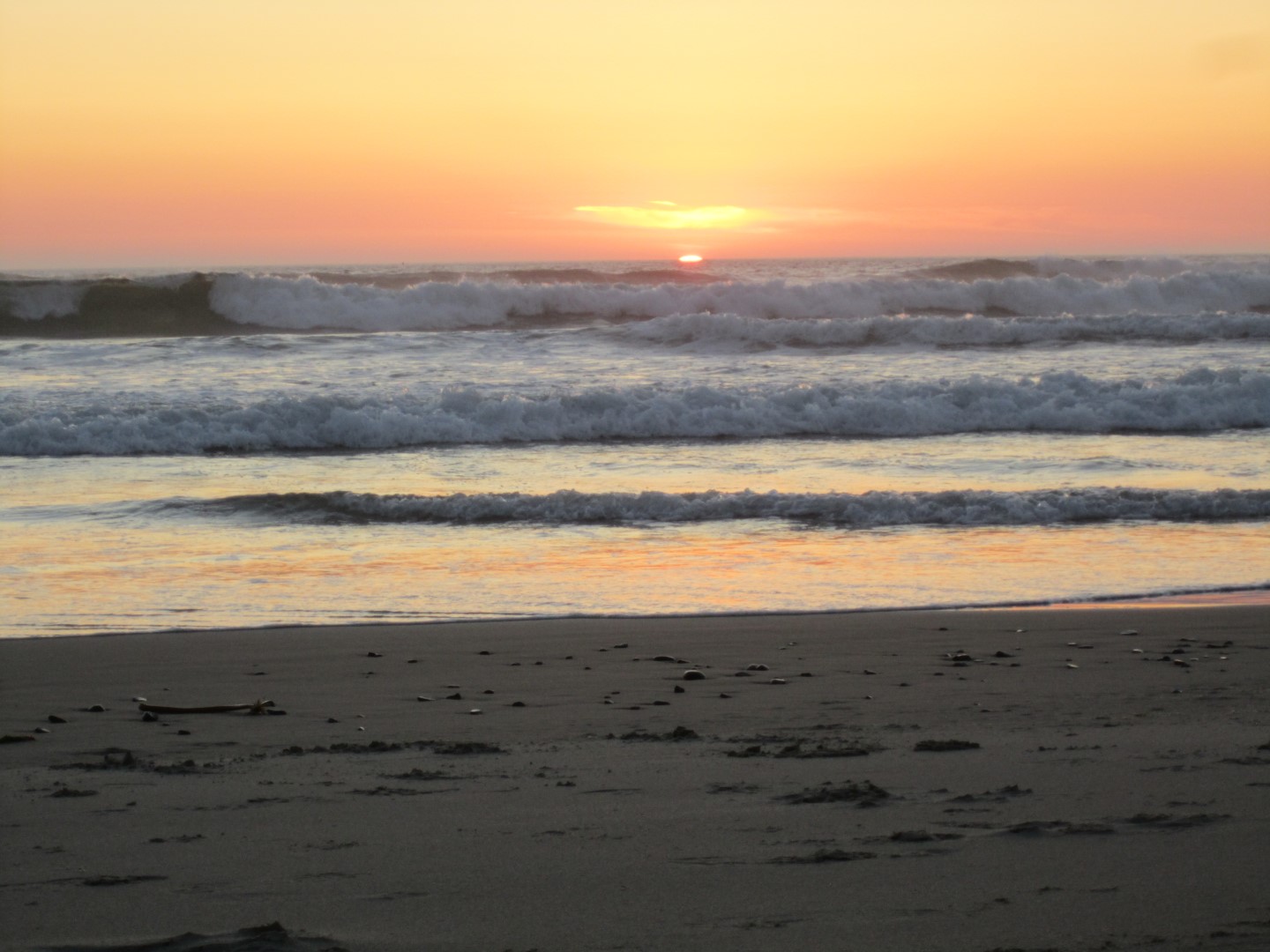
What would a follow-up volume to Sun House contain? If I wrote it, it would highlight the particular spiritual approach that is less thoroughly described in this one: community as spiritual practice. This practice does not rely on ancient texts, or on any ideas at all, and, like connecting with the natural world or with an individual person we love, can emerge purely from experience. I’ve been reminded of it during recent spells spent in my home community, where member check-in circles, community decision-making meetings, garden work parties, and other chances to gather have at times left me feeling as grateful and connected to the whole of life as I do walking in an old-growth forest. I find: trees and people, being themselves without artifice, are inherently beautiful, worth living for, and worth working to preserve a viable planet for. And so too are books like Sun House and its literary and nonliterary predecessors and descendants. As David James Duncan observes in the final line of the bibliography, there are “more wonderful wisdom sources than could ever be listed for the same reason the number of pines in Montana’s forest can never be known: Mother Earth is constantly creating wise humans and trees.”12
A longtime member of Lost Valley community/Meadowsong Ecovillage (lostvalley.org), and current sojourner between Lane County, Oregon and Oberlin, Ohio, Chris Roth edits Communities.
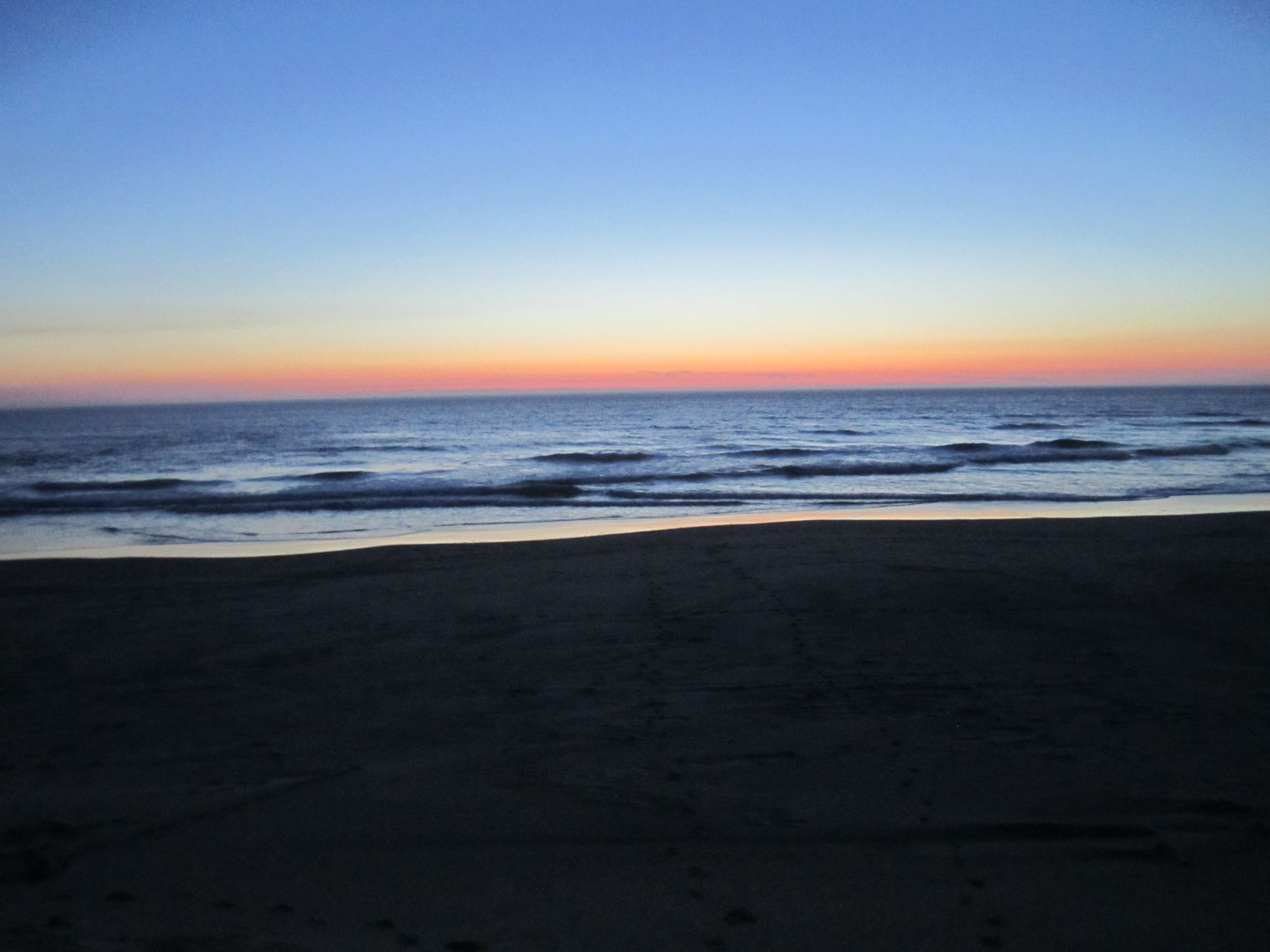
Notes:
1 Sun House, p. 5.
2 p. 490.
3 p. 490.
4 p. 488.
5 p. 488.
6 p. 495.
7 p. 693.
8 pp. 693-4.
9 pp. 541-2.
10 A few more small bones to pick, just to cover the bases: despite the radically different world it depicts, Sun House is still a product of American culture, with occasional possibly squirm-worthy body-objectification; it also contains a passage celebrating the equivalence of male and female divinity in which the male “He” is nevertheless capitalized and the female “she” is inexplicably not, one instance of confused chronology, and a few other proofs positive that imperfection is inherent in everything, even that which may inspire us to imagine much better ways of being.

